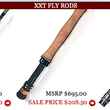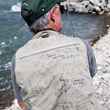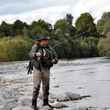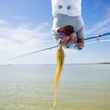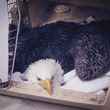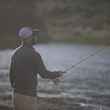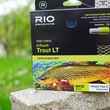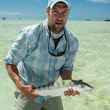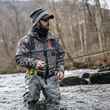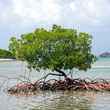Fly fishing forums are plentiful. Virtually every region where one can find fly fishermen has an associated forum where both local fishermen and outsiders congregate to share fishing reports, stories, advice and answers to general questions. At least, that's the idea. Unfortunately, it rarely goes to plan. More commonly, fly fishing forums fall victim to one or more of the many pitfalls that commonly afflict most internet forums: they turn into spam factories, they are largely inactive, they are excessively off-topic with little in the way of valuable information, they become insider popularity contests and are excessively hostile to newcomers and so on.
And there are good reasons that these issues befall so many a forum: building a strong, healthy, active forum community requires an inordinate amount of effort and dedication. The assumption is often that because the users are generating the bulk of the content, forum operators need do little more than sit back and watch the hordes amass. Nothing could be farther from the truth. Establishing a base of community members, moderating (which basically amounts to supervising) user contributions and cultivating a community that produces a lively, ongoing discussion is a daunting task. The special combination of forum operators, moderators and members required to build a valuable forum community rarely comes together regardless of the subject matter and this is precisely why most online forums are disregarded entirely by those of us with better things to do than troll forums all day long.
As a result, many fly fishermen have abandoned the forum medium entirely. Even those forums that offer some good information are still rife with the aforementioned maladies, making sifting through the rubble to find the gems a task not worth undertaking. But there are exceptions to the rule.



